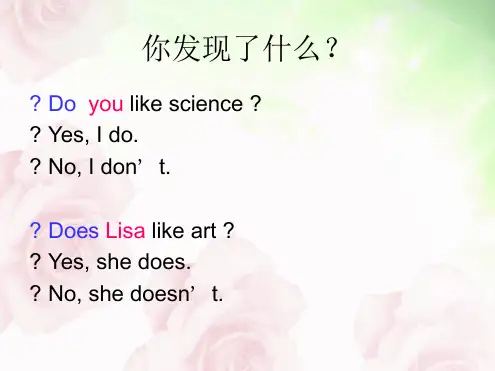最新广东版开心学英语四年级上册 Culture 1:Time课件
- 格式:ppt
- 大小:49.76 MB
- 文档页数:47


Culture 1 Time一、Teaching aims:1. Knowledge objectives(知识目标)(1)Be able to know about the time and the time difference.(2)Be able to understand the difference between “a.m.” and “p.m.”2. Ability objectives(能力意识目标)(1)Be able to have the realization of time difference.(2)Be able to have the realization of looking up the time before traveling to other time zones or making an international call.(3)Be able to know that people in different zones are doing different things at the same moment.(4)Be able to develop speaking skill.3. Moral objectives(情感态度目标)(1)Have the realization of cooperating with others.(2)Arouse the interesting of learning English.二、Teaching key points and difficult points(教学重、难点):(1)Be able to know about the time and the time difference.(2)Be able to know that the time is different in different zones.(3)Be able to know that people in different zones are doing different things at the same moment.Period One一、Teaching contents:Part 1. Look and read.Part 2. Read, write, and say.二、Teaching procedure:Step 1 Warming up & Reviewing1. Oral English.2. Reviewing.(1) Play a game. (Guessing game)Review about the time.(2) Look at the pictures and answer the questions.Review the words with “ing” and following sentences:What is /are…doing? ...is/are…Step 2: Presentation1. Leading-in.2. Reviewing the countries and flags.(1) Watch some beautiful pictures.(2) Read and match.3. Learning about the content in the book.(1) Lead out the story about Xiaojun.(2) Lead out the story about Josh, Sophie and David.a. Listen and choose the best answer.b. Listen and choose.4. Distinguishing the difference between “a.m.” and “p.m.”5. Moral education.6. Learning about the time and the time difference.(1) Learn about the time difference.(2) Learn more: Change the time.(3) Guess: What are they doing?7. Making a call.(1) Listen to a call and answer some questions.(2) Make a call.(3) Check some students.Step3. HomeworkSurf the net and look up the time in other countries.三、Layout:Culture1: TimesXiaojun ,China It’s 2:30 p.m.Sopie, UK It’s 6:30 a.m.Josh, USA It’s 2:30 p.m.David, Australia It’s 4:30 p.m.Ajala, India t’s 12:00 p.m.。








四年级上册英语教案 Culture 1: Time(1个课时)广东开心英语教学内容:本节课将介绍如何用英语表达时间,包括小时和分钟的读法,以及如何询问和回答当前时间。
我们将通过故事、歌曲和游戏等多种形式来学习这些内容。
教学目标:1. 让学生掌握如何用英语表达时间,包括小时和分钟的读法。
2. 培养学生能够询问和回答当前时间的能力。
3. 通过故事、歌曲和游戏,激发学生学习英语的兴趣,提高他们的听说能力。
教学难点:1. 如何正确地表达时间,特别是在分钟数大于30的情况下。
2. 如何流利地询问和回答当前时间。
教具学具准备:1. 闹钟或时钟模型。
2. 教学卡片,包括时间相关的单词和短语。
3. 彩色粉笔,用于板书设计。
教学过程:1. 引入:利用闹钟或时钟模型,引导学生观察并说出当前时间。
2. 新课导入:通过故事或歌曲,介绍如何用英语表达时间。
3. 实践练习:通过游戏或角色扮演,让学生练习询问和回答当前时间。
4. 小组活动:分组进行时间相关的任务,如制作时间表或进行时间相关的对话。
板书设计:1. 时间相关的单词和短语,如“hour”, “minute”, “Whattime is it?”等。
2. 时间表达的示例,包括小时和分钟的读法。
3. 询问和回答当前时间的示例对话。
作业设计:1. 制作时间表:让学生在家中制作一个时间表,用英语标出他们一天中的主要活动和时间。
2. 角色扮演:与家长或同学进行时间相关的角色扮演,练习询问和回答当前时间。
课后反思:1. 学生对时间的表达是否准确,特别是在分钟数大于30的情况下。
2. 学生是否能流利地进行时间相关的对话。
3. 教学过程中是否需要更多的实践练习或小组活动,以提高学生的参与度和兴趣。
重点关注的细节:教学难点1. 时间表达的准确性在英语中,时间的表达方式与中文有所不同。
尤其是在分钟数大于30的情况下,我们需要用“to”来表示距离下一个整点还有多少分钟。
例如,如果现在是3点40分,我们应该说成“twenty to four”,而不是“forty past three”。
